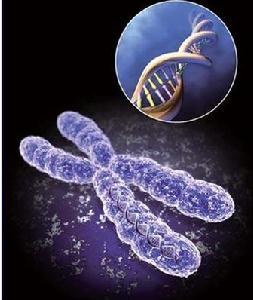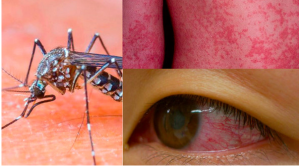Early assessment of hemispheric and thalamic volumes in children with polymicrogyria and epilepsy can reliably predict the risk of continuous spike-and-wave complexes during sleep (CSWS), a study indicates.
“Early diagnosis of CSWS would allow prediction of its age-related course and more insightful planning of any medical and surgical options”, note researcher Renzo Guerrini (University of Florence, Italy) and colleagues.
They found that polymicrogyric hemispheric and ipsilateral thalamic volumes were significantly reduced in 10 children with the condition, and volumes below an optimal cutoff of 436,150 mm3 and 4616 mm3, respectively, increased a child’s risk of CSWS by 68%.
These diagnostic cutoffs distinguished children with the condition from those with other forms of epilepsy and no epilepsy with a sensitivity of 92.5% and specificity of 84.6%.
Twenty-seven CSWS participants were enrolled and followed up for a mean of 14.3 years, between the ages of 2 and 31 years. CSWS occurred about 1.5 years after seizure onset at an average age of 4.7 years, with prevalence peaking between the ages of 5 and 7 years.
Measurement of the malformed hemispheres and thalami of 10 of these patients showed they were smaller than those of 10 patients with epilepsy and polymicrogyria but no CSWS, with median volumes of 329,071 mm3 and 3475 mm3 versus 484,658 mm3 and 5925 mm3, respectively.
And they were “severely reduced” compared with those of 10 patients with typical benign rolandic epilepsy (median 536,519 mm3 and 6193.5 mm3, respectively) and 10 non-epileptic patients with headache (median 556,687 mm3 and 6155 mm3, respectively).
The researchers calculate that with every 1000 mm3 decrease in polymicrogyric hemisphere volume and every 100 mm3 decrease in the ipsilateral thalami volume the risk of CSWS increases by a respective 2% and 15%.
They therefore advise: “Children with polymicrogyria, especially if associated with thalamic hypoplasia, should be monitored by serial wake and sleep [electroencephalogram] recordings.”
The team observes, however, that CSWS stopped in 88% of 24 patients – within 2 years in 21%, within 3 years in 33% and within 4 years in 50%; and once in remission, 71% of patients were seizure free, often before adolescence.
“Paradoxically, CSWS could therefore represent a positive prognostic factor for epilepsy outcome in the long term”, the team comments in Neurology.
Given this “excellent prognosis” and stable cognition after CSWS cessation in 18 of 23 patients assessed, Guerrini et al believe that the decision to operate requires “careful weighing of the risk/benefit ratio […] in relation to both the timing of the procedure and the patient’s age-even more so considering that the polymicrogyric cortex often maintains its functionality.”


